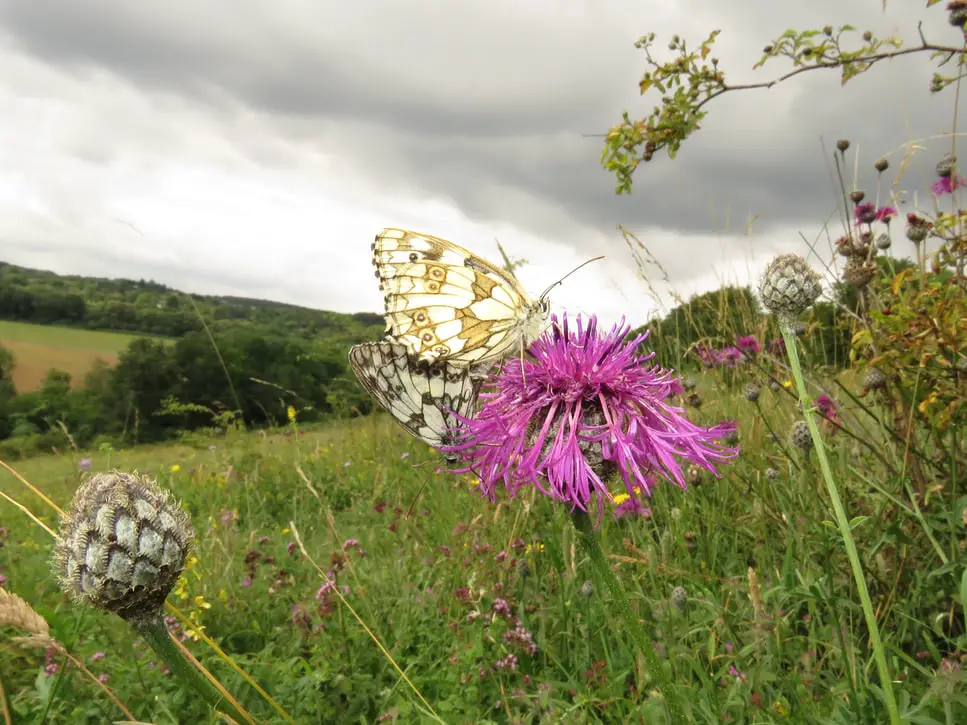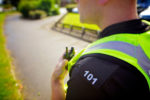The Big Butterfly Count is a nationwide citizen science survey aimed at helping Butterfly Conservation assess the health of our environment.
Launched in 2010 it has rapidly become the world’s biggest survey of butterflies.
Over 113,500 citizen scientists took part in 2019, submitting 116,009 counts of butterflies and day-flying moths from across the UK.
The Big Butterfly Count 2020 runs until to Sunday 9th August. Take part here.
Why count butterflies?
We count butterflies because not only are they beautiful creatures to be around, but they are also extremely important. They are vital parts of the ecosystem as both pollinators and components of the food chain.
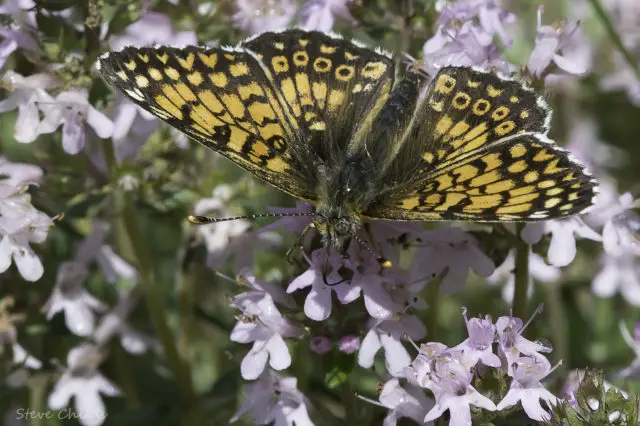
However, they are under threat. Numbers of butterflies and moths in the UK have decreased significantly since the 1970s. This is a warning that cannot be ignored.
Early warning system
Butterfly declines are also an early warning for other wildlife losses. Butterflies are key biodiversity indicators for scientists as they react very quickly to changes in their environment. Therefore, if their numbers are falling, then nature is in trouble.
So tracking numbers of butterflies is crucial in the fight to conserve our natural world. That’s why taking part in this massive citizen science enterprise is of great importance not just for our butterflies but for the wider environment and biodiversity in general.
So, thank you for taking the time to help!
How to take part
Simply count butterflies for 15 minutes during bright (preferably sunny) weather during the Big Butterfly Count.
We have chosen this time of year because most butterflies are at the adult stage of their lifecycle, so more likely to be seen. Records are welcome from anywhere: from parks, school grounds and gardens, to fields and forests.
How to count
If you are counting from a fixed position in your garden, count the maximum number of each species that you can see at a single time. For example, if you see three Red Admirals together on a buddleia bush then record it as 3, but if you only see one at a time then record it as 1 (even if you saw one on several occasions) – this is so that you don’t count the same butterfly more than once.
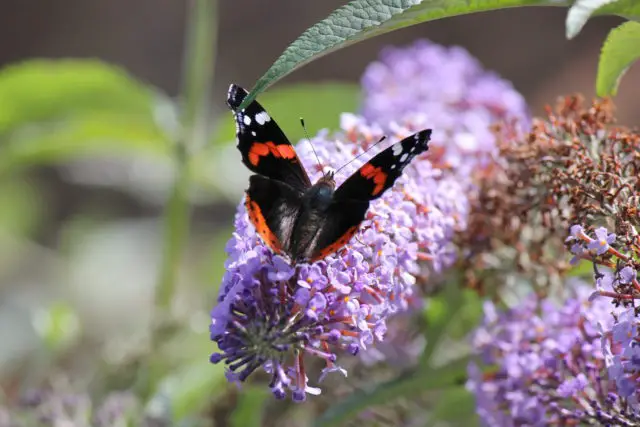
If you are doing your count on a walk, then simply total up the number of each butterfly species that you see during the 15 minutes.
Also please remember that if you don’t see any butterflies then let us know that too. It is very important that we know if there are areas where butterflies are not being seen – this may indicate a wider problem.
Download our handy identification chart to help you work out which butterflies you have seen.
As many counts as you want
You can do as many counts as you want to: You can submit separate records for different dates at the same place, and for different places that you visit. And your count is useful even if you do not see any butterflies or moths.
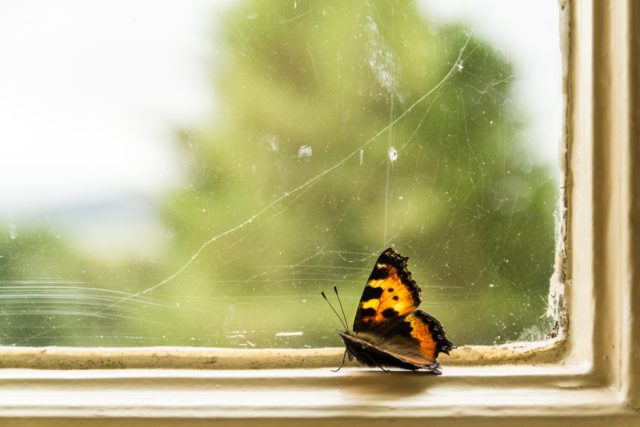
Unfortunately, we cannot accept any counts sent in on paper or by email, text or phone.
You will be able to submit records throughout July and August.
News shared by Butterfly Conservation, in their own words. Ed

